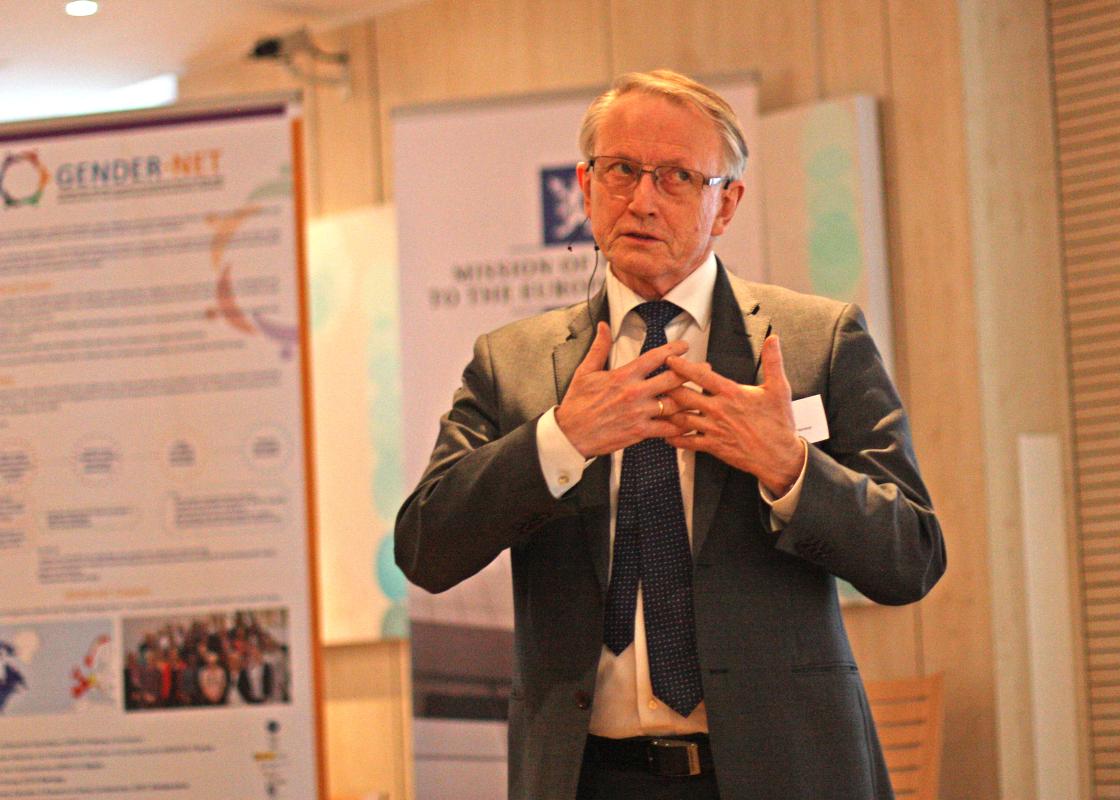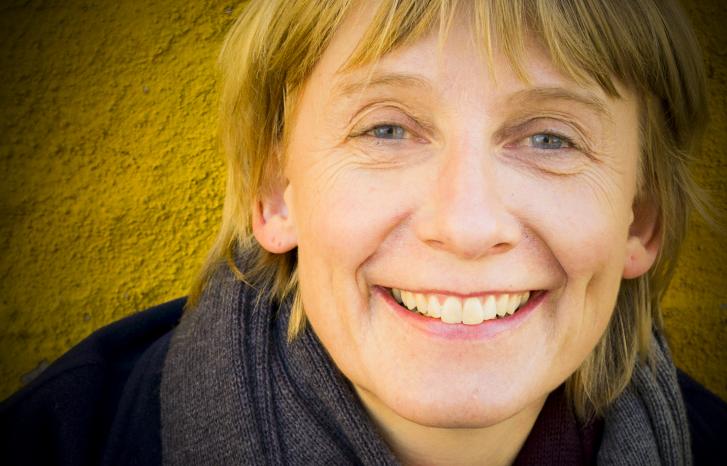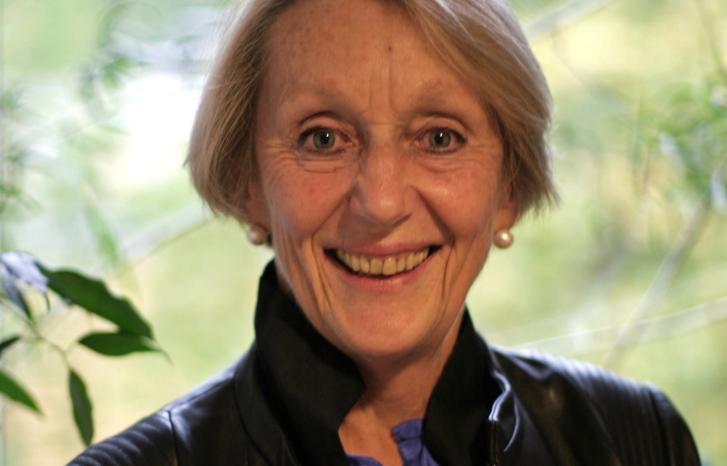“We haven’t achieved as much as I’d hoped for. I don't think IGAR is included in enough grant applications. Gender analysis is fundamental for research in Europe and for our society as such.”
Hallén has just given a speech at Norway House, Brussel, and presented IGAR as some kind of sci-fi figure – from the Lord of the Rings or something. All joking aside, however, the Director-General of the Research Council of Norway has come to the strategy seminar for the EU project GENDER-NET in order to emphasise how important this is.
IGAR is the acronym for Integration of Gender Analysis in Research. According to Ineke Klinge, professor and board member of the Horizon 2020 Advisory Group on Gender, the objective is to put an end to the “one size fits all” paradigm.
By taking into consideration that men and women may behave differently, have different needs and attitudes, research may be made more relevant to more people:
- Medical research has shown that men and women may have different symptoms to the same disease and different reactions to the same medicines.
- Safety equipment in cars have traditionally been tested on dummies based on the European or North American male model. Today, dummies based on the female and the pregnant model are also used.
- City planners have designed neighbourhoods consisting of homes, kindergartens, retirement homes, supermarkets, and health services. With all these services within short distance, logistics becomes less complicated and it minimises the need for cars for people who need to combine work and care.
For more examples, see Gendered Innovations.
“We need to ensure better awareness”
Since 2013, twelve countries have cooperated in order to map out to what degree their research include gender perspectives. The strategy seminar in Brussels served as a situation report for the project. Hallén concludes on Norway’s behalf, and the conclusion is that we still have a long way to go.
“I’ve seen how often gender perspectives are relevant in research and how surprisingly often they are ignored. We’ve made progress, but not significant progress,” says Hallén.
In a later email he elaborates on his remark:
“We already have gender perspectives as an obligatory checkpoint in the Research Council’s program descriptions. This has been followed up by a systematic mapping of how gender perspectives are made visible in our various research programs. There are many positive stories, but we’ve not achieved enough. Therefore, we have to increase knowledge and ensure stronger awareness on the field.
According to Hallén, the management at the Research Council gets reports on the integration of gender perspectives in research every six months, and gender perspectives are included in an increasing amount of projects.
“I’ve seen how often gender perspectives are relevant in research and how surprisingly often they are ignored.” Arvid Hallén.
Mandatory gender perspective
One of the GENDER-NET project’s objectives has been to identify and spread good practices.

“Many interesting things are done internationally from which we may gain inspiration, such as Londa Schiebinger’s work (Gendered Innovations). In collaboration with the Committee for Gender Balance and Diversity in Research we organised the first national conference on research with gender perspectives in 2015. We’re aiming at a follow-up meeting this year,” says Hallén.
During the GENDER-NET seminar, several examples of good practice was presented. Professor Jane Ohlmeyer explained how the Irish Research Council has worked in order to include gender perspectives in grant applications. All applicants are required to answer whether their research project has potential gender perspectives. Their answer should be well argued, also in cases where it is negative. The next question is then as follows: “Explain why there are no potential biological and/or social gender dimensions in your proposed research.” Hallén thinks this is an interesting practice.
“I noticed that this is mandatory in Ireland. They also arrange courses and seminars for both researchers and experts. This is a practice we should study in more detail and consider whether we should do the same. There’s still room for improvement in our work with programme descriptions and funding announcements.”
All applicants are required to answer whether their research project has potential gender perspectives. Their answer should be well argued, also in cases where it is negative.
See also: Gender balance and gender equality
“A living equality lab”
When GENDER-NET finalises its work later this year, it is up to the member countries to continue the collaboration. The EU has earmarked five million euro for co-funding, which will amount to one third of the total funding. As a prerequisite, the money will be made available only if the national contributions to the programme reach ten million euro.
Peter Dröll, leader of the EU commission’s Innovation Union and European Research Area, encouraged all member countries to contribute to the collaborative funding.

“This is not only about social challenges, it’s about quality in research. In approximately 50 per cent of our programmes, gender perspectives have specific relevance,” said Dröll during the strategy seminar.
He also expressed a clear wish for the future:
“Our goal is that the project becomes a living gender equality lab, where we can test which practices actually works and which don’t.”
“Our goal is that the project becomes a living gender equality lab, where we can test which practices actually works and which don’t.” Peter Dröll.
Back in Norway, Arvid Hallén is considering how Norway may contribute to the collaborative funding.
“We regard co-fund as an opportunity to strengthen our work with IGAR through international collaboration, and we’re currently discussing in which areas this could be of particular interest. The deadline for this announcement is extremely short, but we aim for a quick process. In Norway we generally take active part in processes in which we may work with other countries to promote academic objectives. We have to admit that these are often very time-consuming processes, and we have to prioritise in order to concentrate our resources where we think there is the most to gain.”
Translated by Cathinka Dahl Hambro
- EU project initiated in 2013, to be completed in 2016.
- 12 countries collaborate in order to map gender balance in academia and gender perspectives in national and regional research programmes.
- One outcome of the project is guidelines for the inclusion of gender perspectives in research.
- Kilden kjønnsforskning.no and the Research Council of Norway are participating in the project.


